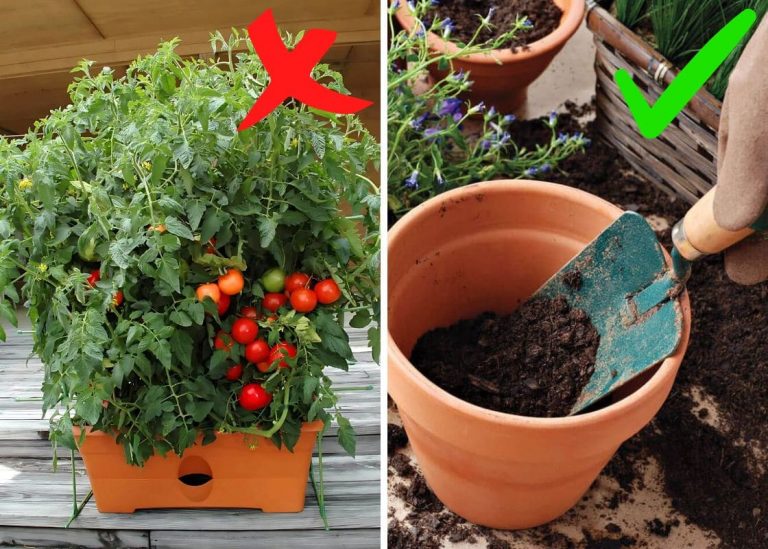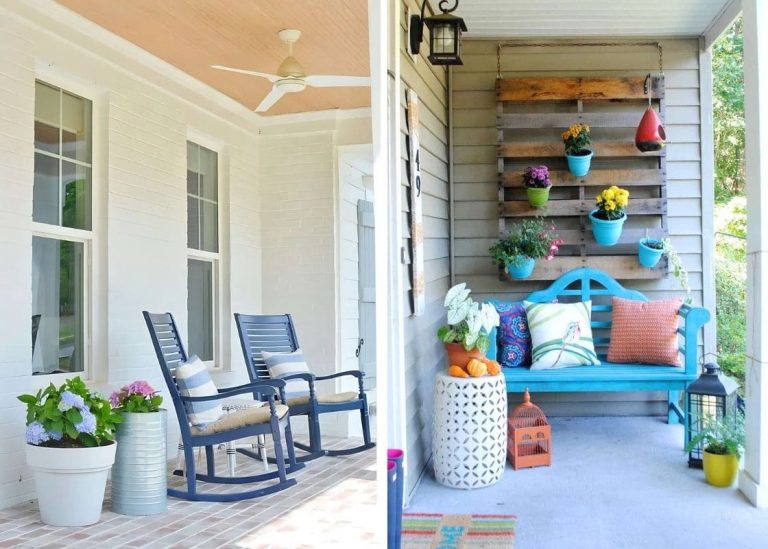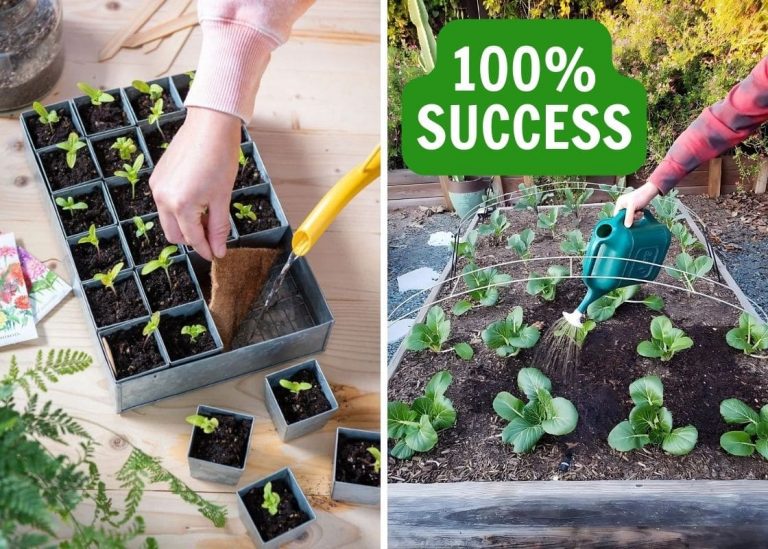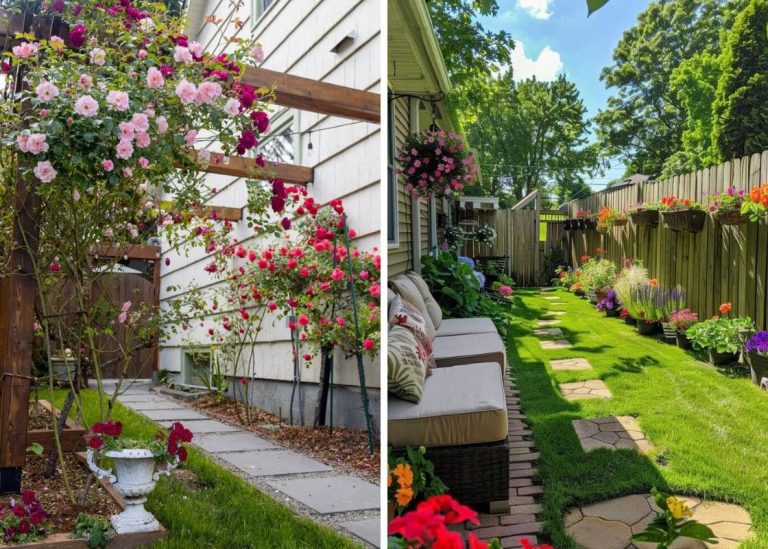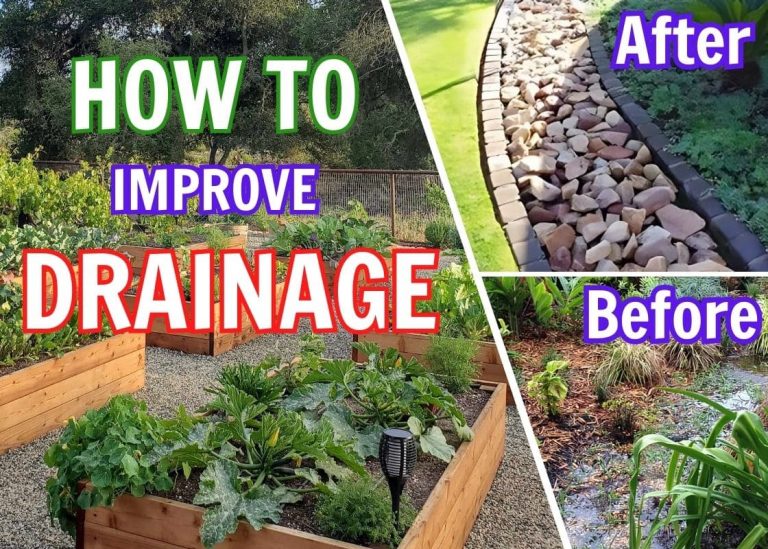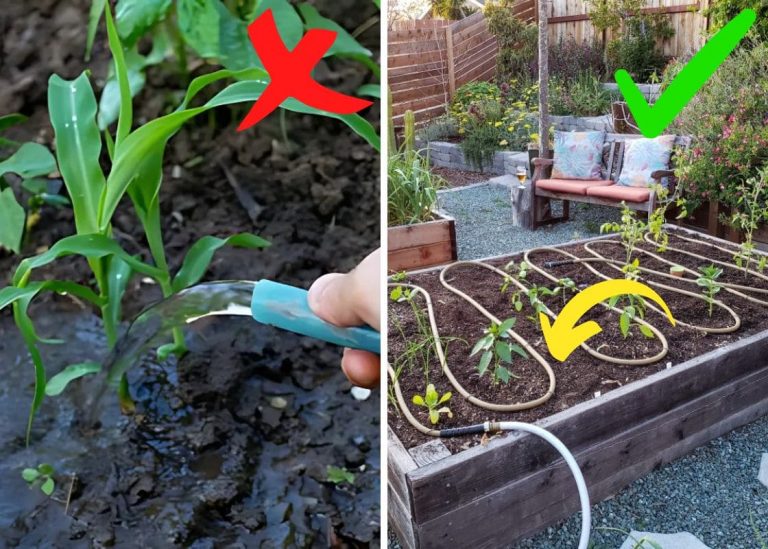Summer Gardening Tips: How to Keep Your Garden Thriving in the Heat
Every summer, I brace myself for the challenge of keeping my garden alive and thriving in the heat.
I’ve seen my fair share of wilting plants, dried-out soil, and stressed vegetables, and over the years, I’ve learned that summer gardening isn’t just about planting and watering, it’s about adapting. When the sun is relentless and the rain is scarce, your garden needs extra care, and so do you.
I used to make the mistake of treating my summer garden the same way I did in spring, watering whenever I had time, letting weeds creep in, and assuming my plants would “tough it out.”
It didn’t take long to see the damage: tomatoes dropping their flowers, lettuce bolting overnight, and once-lush zucchini plants suddenly covered in powdery mildew. That’s when I started paying attention to what my plants were really telling me and adjusted my approach.
Watering Wisely: The Key to Surviving the Heat
Watering in summer isn’t just about dumping water onto thirsty plants. I used to water whenever I saw leaves drooping in the midday sun, only to realize that some plants wilt naturally in the heat but perk up again in the evening.
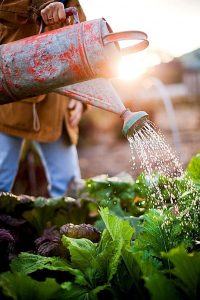
I’ve found that early morning is the best time to water. The air is cooler, the sun isn’t too intense, and the moisture actually has time to soak in before it evaporates. Evening watering can work too, but if you water too late, the moisture lingers overnight, which invites fungal diseases.
The trick is to aim for the roots, not the leaves, and water deeply rather than frequently. A slow soak encourages roots to grow deeper, making plants more resilient to heat.

Mulching has also been a game-changer for me. A thick layer of straw, wood chips, or shredded leaves keeps the soil cool and moist, reducing how often I need to water.
It also keeps weeds down, and trust me, fighting weeds in the summer heat is not how you want to spend your time.
Protecting Plants from the Scorching Sun
Some plants just can’t handle the full force of summer sun. Lettuce, spinach, and even some peppers and tomatoes struggle when temperatures soar.
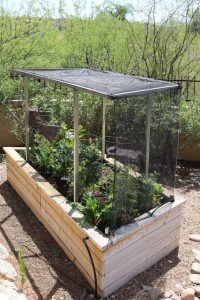
One of my favorite tricks is using shade cloth. A simple 30-50% shade cloth over delicate plants makes a world of difference. I use stakes to prop it up, creating a little relief from the hottest part of the day.
If I don’t have shade cloth on hand, I get creative, an old bedsheet, a piece of burlap, or even planting taller crops like corn or sunflowers nearby to cast natural shade works wonders.
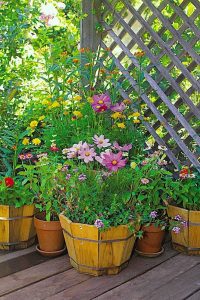
For container plants, I move them to a shadier spot during extreme heat waves. A quick relocation to a partly shaded patio or under a tree keeps them from cooking alive.
Helping Your Soil Beat the Heat
If your soil is dry and crusty, it’s time to rethink how you’re treating it. When I started paying more attention to my soil health, I noticed that plants handled heat better.
The best way to do this? Add organic matter like compost, worm castings, or even aged manure. Organic-rich soil holds moisture better, meaning plants don’t dry out as quickly.
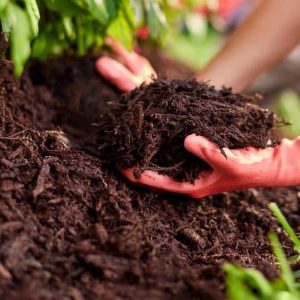
Mulching also helps the microbial life in your soil stay active. When soil gets too hot, beneficial bacteria and fungi struggle, and those tiny workers are critical for plant health.
Feeding Plants Without Overdoing It
In the peak of summer, plants need nutrients, but too much fertilizer can backfire.
I learned this lesson the hard way when I overloaded my tomatoes with nitrogen-rich fertilizer during a heat wave. The result? Lush, leafy plants with almost no fruit.
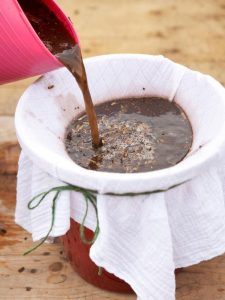
Now, I use compost tea or a diluted organic fertilizer every few weeks rather than a heavy feeding.
Slow-release amendments like bone meal or fish emulsion provide nutrients without overwhelming plants when they’re already stressed from the heat.
Choosing Heat-Tolerant Crops
Not all plants are built for summer’s intensity. If you’re struggling with constant bolting lettuce or failing cucumbers, switching to heat-tolerant varieties can make a huge difference.
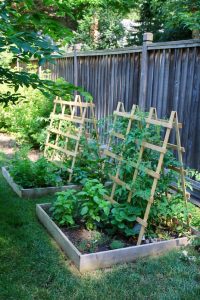
Cherry tomatoes tend to handle the heat better than larger heirloom varieties. Okra, eggplant, peppers, and sweet potatoes actually love the heat, making them perfect for summer gardens.
If I still want leafy greens, I grow Malabar spinach or Swiss chard, both of which hold up beautifully even when temperatures climb.
Dealing with Pests in Hot Weather
If there’s one thing I can count on in summer, it’s an explosion of pests. Heat and dryness bring out spider mites, aphids, and whiteflies, and I’ve had entire crops wiped out because I didn’t catch the problem early.

I walk through my garden every day, checking under leaves and around stems.
If I see an infestation starting, I act fast with a simple spray of neem oil or insecticidal soap. For stubborn pests like squash bugs, handpicking and dropping them into soapy water is still the most effective method.
One trick I swear by is planting flowers that attract beneficial insects. Marigolds, zinnias, and alyssum bring in ladybugs and lacewings, which naturally control aphids and other garden pests.
Taking Care of Yourself, Too
In the middle of summer, I often find myself sweating buckets before noon. I used to push through, trying to finish my gardening chores no matter how hot it got. But gardening should be enjoyable, not exhausting.
Now, I garden early in the morning or later in the evening, avoiding the most intense heat. I wear a wide-brimmed hat, slather on sunscreen, and always keep a cold drink nearby.
Staying hydrated and pacing yourself makes all the difference, you can’t take care of your plants if you’re wilting, too!


